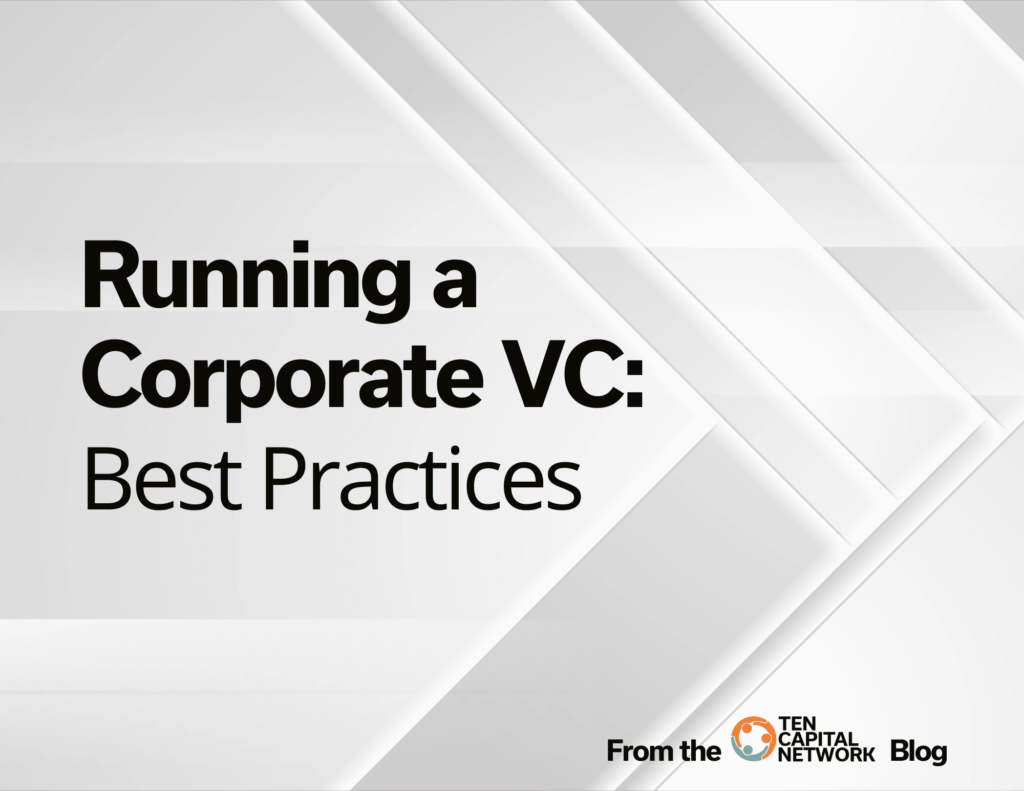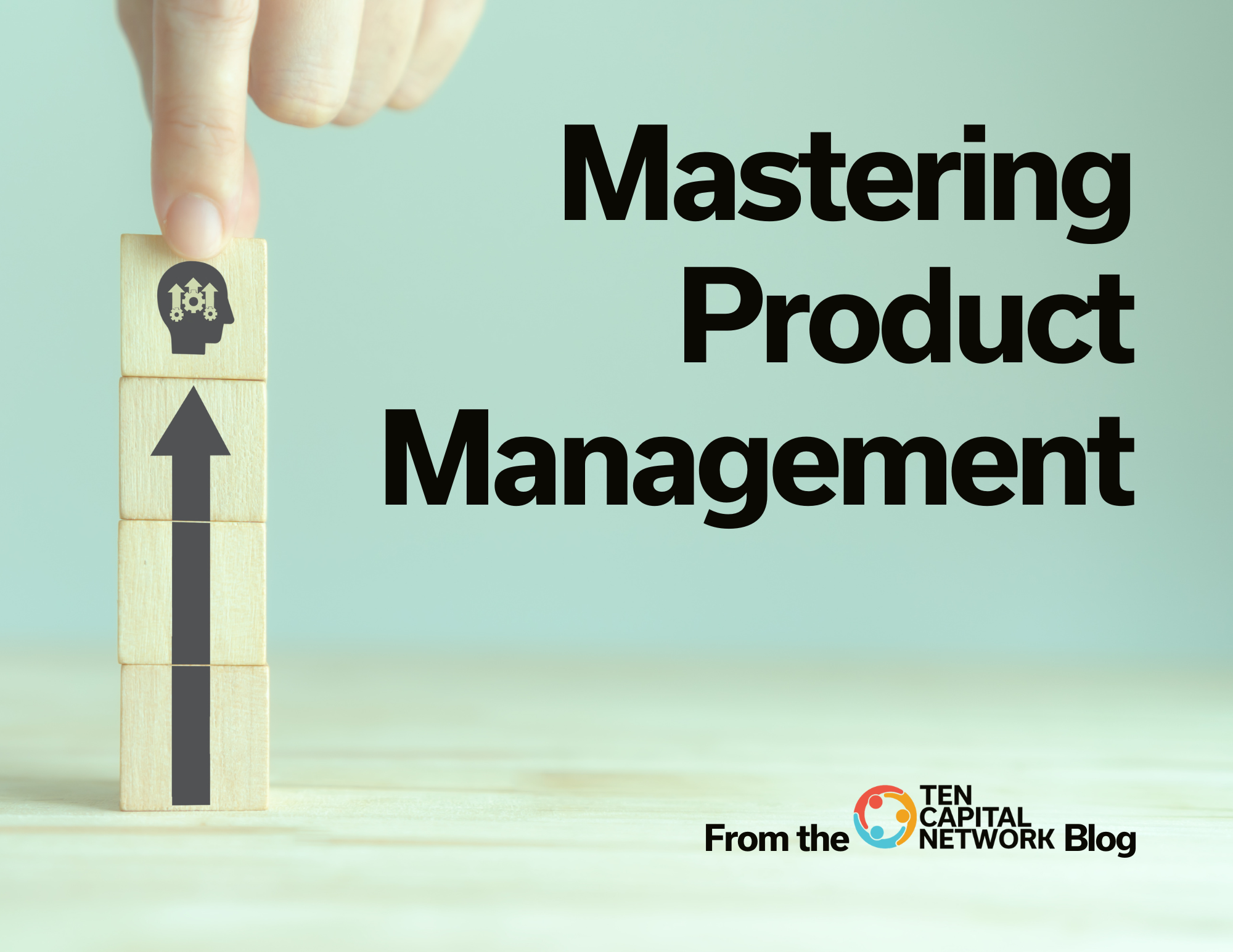2 min read Running a Corporate VC: Best Practices
If you have recently launched a corporate VC or are considering setting one up, consider the following advice and best practices.
How to Achieve Success Running a VC
Corporate VCs can leverage their position in the industry to sign up good startups with an investment. The corporate VC brings a network of partners, distribution channels, a brand, an existing product line, and more. An investment can leverage their research dollars and achieve more than if they build it themselves.
The pharmaceutical industry recognized this advantage years ago and now primarily invests in funding successful biotech startups rather than doing all the research and development themselves. This model works well where R&D is expensive and there are many potential avenues to take. There is a cost associated with setting up a corporate VC arm, but this investment can be spread across many startups. If used extensively, it can become a core competence for the company.
To be successful at this, start with a clearly defined set of goals. Gain commitment from the corporation. Align the compensation of the corporate team to that of the performance of the investment. Those companies whose growth has stalled for some time may be more open to committing to it. Those facing a new wave of technologies may find this a better way to engage.
Tools for Running a Corporate VC Program
There are several tools for the corporate VC to use in a venturing program. Here’s a list to consider:
- Hackathon: Invite those in the industry or area to participate in a coding challenge to solve a particular problem.
- Shared resources: Provide the community with a set of tools and data sets and invite open community collaboration.
- Challenge prize: Offer a cash prize for the winner of a competition.
- Corporate venture capital: Offer investments into startups that meet specific criteria.
- Commercial incubators: Set up a partnership with incubators to provide support in exchange for access to deal flow.
- Internal incubators: Set up an internal incubator and invite employees and partners to participate.
- Strategic partnership: Set up partner programs with accelerators, venture capitalists, and other groups to provide deal flow.
- M&A program: Set up a program for acquiring companies and onboarding into the corporation.
Consider augmenting your corporate venture fund with these tools and activities.
How to Make the Corporate VC Fund Model Work
While traditional venture funds increase their fund size over time, corporate VCs should keep their fund size low. Traditional VCs seek higher compensation and can do so by increasing the size of the fund which increases their management fee. Corporate VCs are often compensated as company employees with some upside on successful outcomes that are not necessarily financial exits.
Collaboration, partnerships, and pilots are the most often used metrics for funded companies in a corporate VC fund. Therefore, it is important to keep the costs low, especially at the start, and then grow them over time as you prove the program. It will be easier to provide a positive return on investment for a $25M fund rather than a $200M fund. This will reduce the dollar investment into each startup but there again, it’s best to start small and increase the investment per company over time.
A large fund may also draw criticism from other departments in the corporation who want that budget for their purposes. A large fund can create a culture of “contracted labor” rather than a culture of collaboration. The final outcome is not a financial return, but successful collaborations and pilots.
Read more in the TEN Capital eGuide: https://www.startupfundingespresso.com/corporate-venturing-2/

Hall T. Martin is the founder and CEO of the TEN Capital Network. TEN Capital has been connecting startups with investors for over ten years. You can connect with Hall about fundraising, business growth, and emerging technologies via LinkedIn or email: hallmartin@tencapital.group





